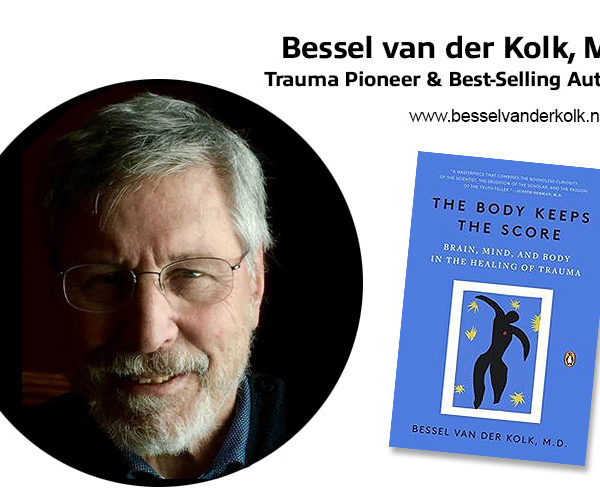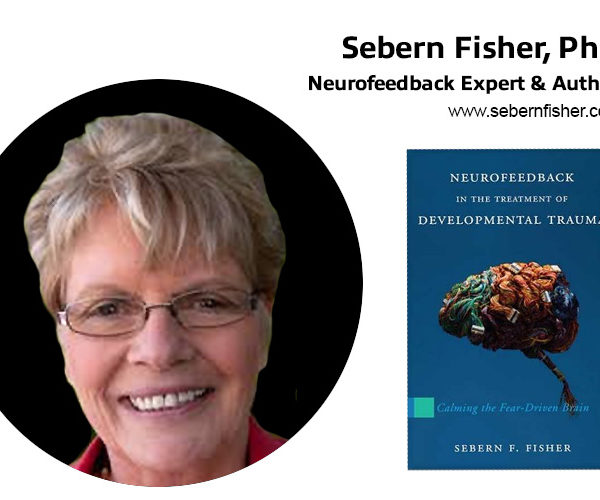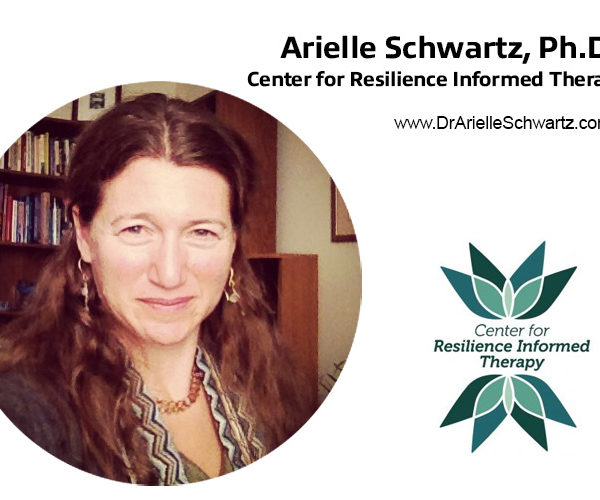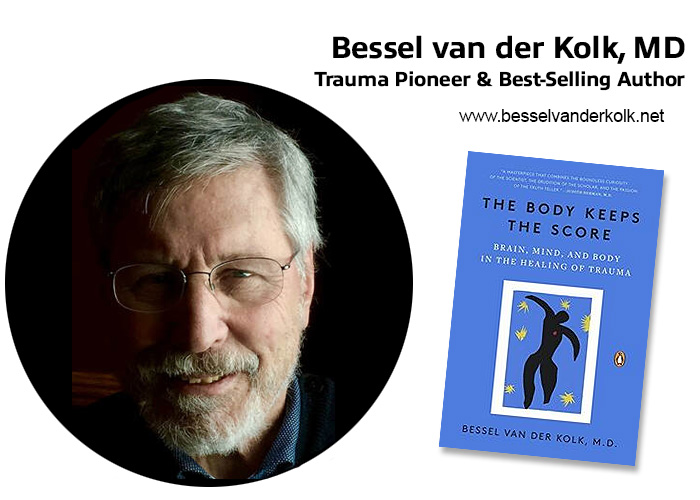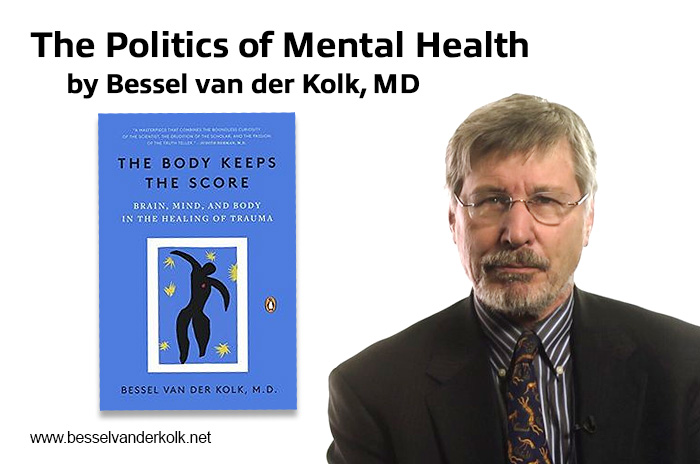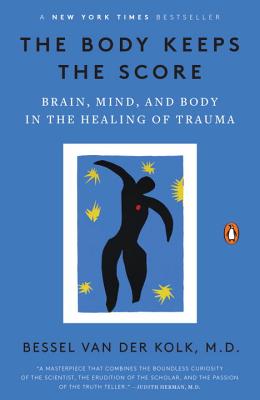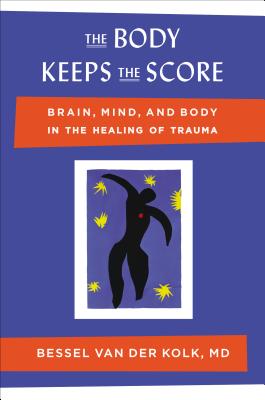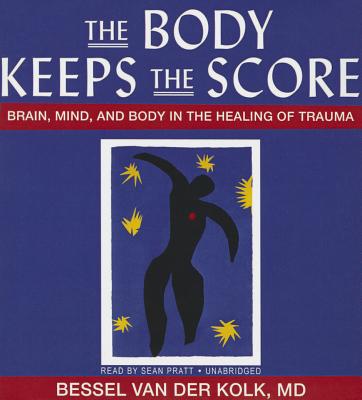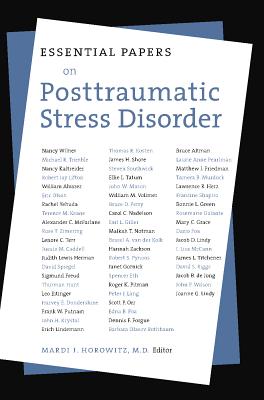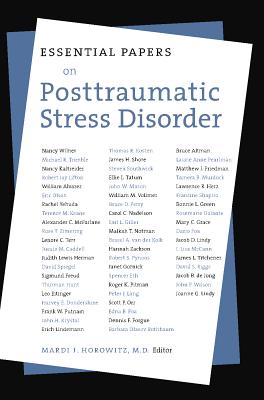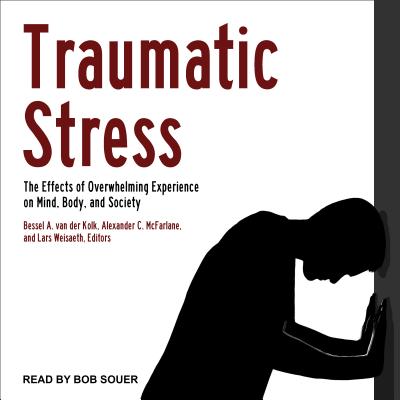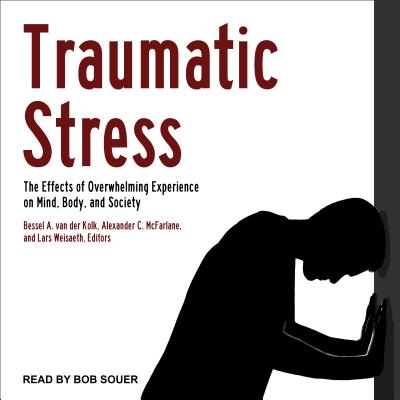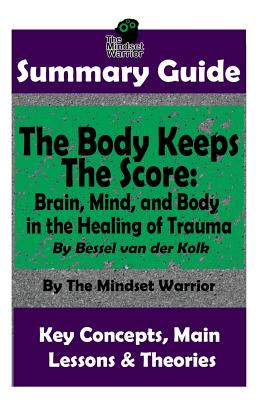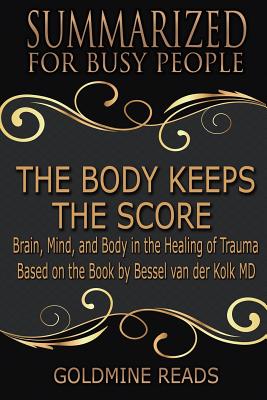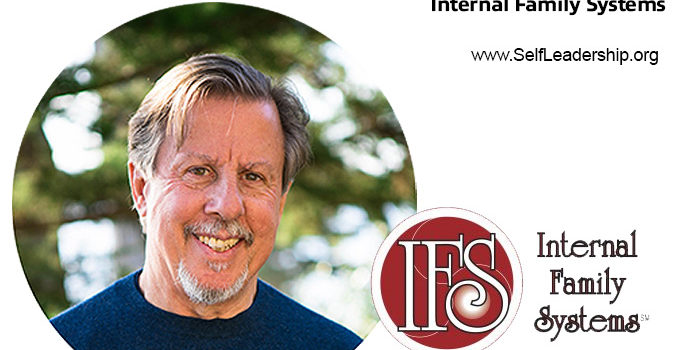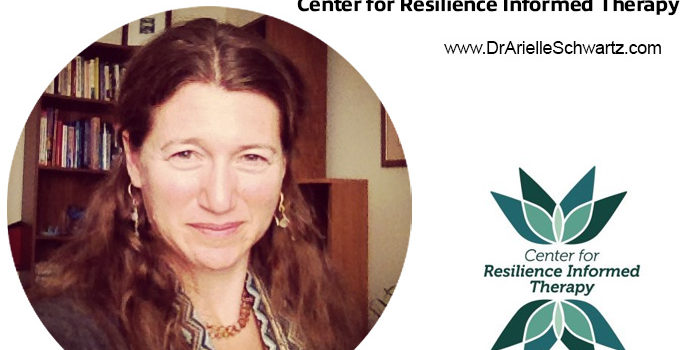All human endeavors are intrinsically political, including the way our mental health system is organized: how mental problems are diagnosed, what kind of research gets funded, and what treatments are approved as “evidence based,” as well as what interventions are reimbursed by insurance companies.
The story of how the diagnosis of PTSD came into being is a good example. Back in the late ’70s, it became increasing difficult to ignore the fact that hundreds of thousands of Vietnam veterans were profoundly disturbed after coming back from the war. They sought treatment because they kept blowing up with rage, were unable to calm themselves down and go to sleep, and because they couldn’t feel fully alive in the present. Given the political and economic consequences of acknowledging the connection between the struggles these vets were having and their combat experience, the Department of Veterans Affairs (VA) tried to define the problem as a matter of individual pathology. In effect, they wanted to blame these guys’ troubles on their genetics and upbringing.
Through a hard-fought political process, involving veterans organizations and mental health professionals, the diagnosis of PTSD eventually was created in 1980. Part of the politics of the process was that we had to make that direct link between vets’ struggles and their combat experiences. Hence, we focused on nightmares and flashbacks—intrusive memories of traumatic combat experiences—while downplaying problems with emotional engagement and emotion regulation, issues that we gradually came to understand as being the result of trauma changing fundamental brain processes. To this day, the PTSD diagnosis focuses on having unpleasant memories of the past, rather than on emotion regulation and having problems fully engaging in the present.
Subsequently, a number of us who’d been involved in that first step progressed to the next issue: PTSD was a pretty good diagnosis for war veterans, but it was clear that there’s a much larger population of traumatized people. For every vet who comes back messed up, there are at least 30 kids who get abused, molested, abandoned, and neglected at home. Even though they’re quite different from combat vets in many ways, they show many of the same symptoms. In response to our lobbying, the American Psychiatric Association funded a field trial for a new diagnosis: complex PTSD or DESNOS. After that study was completed, the PTSD committee voted 19 to 2 to create a new diagnosis in the DSM. But to our amazement, that diagnosis was eventually left out of the DSM-IV, despite overwhelming research evidence for a much more complex developmental response to trauma.
As a result of that political decision, we still don’t have an accurate way of diagnosing the majority of patients who were traumatized in the context of their early attachment relationships. The DSM gives us a plethora of options: PTSD, Disruptive Mood Dysregulation Disorder, Reactive Attachment Disorder, Dissociative Identity Disorder, Nonsuicidal Self-injury, Intermittent Explosive Disorder, Disinhibited Social Engagement Disorder, Conduct Disorder, or Borderline Personality Disorder, all depending on the clinician’s whim and what will optimally be reimbursed by insurance companies. However, all these “diagnoses” ignore the most common etiology of these disorders: early trauma and disruptions in the safety of the attachment system. If we were to acknowledge the social realities that give rise to these conditions, we could stop looking for some mysterious biochemical or genetic origin that keeps innumerable research labs in business and start putting our resources into becoming a public health system that focuses on prevention and repair, creating optimal conditions for children and young adults to develop and to thrive.
There’s another side to the story of the PTSD diagnosis. Once it was formally recognized, a substantial amount of research money became available to develop “evidence-based” practices. I’ve always been a great proponent of the need to demonstrate the efficacy of mental health treatments, including how well they work, for whom, and what their limitations are. In fact, my colleagues and I have published numerous peer-reviewed scientific papers on the efficacy of a variety of psychiatric treatments, from Prozac to EMDR, and from yoga to theater programs and neurofeedback. However, the rush to evidence-based treatments, paradoxically, had a devastating effect on our field. In effect, the moment researchers found that their particular treatment approach was better than doing nothing, they declared it evidence based. That made some sense, but then politics took over from honest scientific exploration.
Currently, the science of treatment development is largely stuck, because most research funding is focused on basic mechanisms, correlations, neuroimaging studies, and epigenetics, while there’s virtually no federal research funding available to investigate truly innovative treatments. Only the most easily protocolized treatments, like CBT, prolonged exposure, medications, and EMDR, have been thoroughly researched. Interestingly, though medications have been shown, over and over again, to be only marginally helpful for PTSD, they keep being prescribed to the tune of billions of dollars per year. In contrast, somatic therapies, such as Sensorimotor psychotherapy and Somatic Experiencing, haven’t been thoroughly researched for their efficacy, nor has hypnosis, which for about a century was widely regarded as the treatment of choice for PTSD. There’s also little “hard” evidence for Internal Family Systems therapy, or neurofeedback, even though many clinicians who specialize in the treatment of traumatized individuals consider these among the most effective treatments currently available.
The result of the politics of diagnosis and “evidence-based” treatments is that in most settings that depend on insurance reimbursement, clinicians are mandated to use treatments of questionable efficacy. The fact that study after study shows that these mandated treatments have at best a 40 percent drop in symptomatology, which is only slightly better than placebo, after a third of the patients drop out, seems not to have raised enough concern about wasted lives and wasted resources to affect their growing influence. Meanwhile, the VA, by its reliance on evidence-based approaches, has been a major factor in discouraging the expanded exploration of effective treatments. So once again, we’re faced with a political reality: many of the treatments sophisticated clinicians would consider most effective are only available to people who can pay out of pocket.
The impact of pervasive trauma in our society continues to be largely ignored. We know today that one out of eight kids in the U.S. has been a victim of maltreatment, and that half of all kids in the world are exposed to extreme violence. The Adverse Childhood Experiences studies have demonstrated that early exposure to family violence and emotional abuse is the largest and costliest public health issue in America. As a society, we mobilize against threats like ISIS, but most American kids are not the victims of foreign terrorists; they’re the victims of the social conditions in which they mature.
So the question is why, as a society, do we continue to avoid recognizing the devastating impact of early abuse and neglect? Here, again, politics is at play. In most of Europe, Singapore, Japan, and Korea, governments have incorporated evidence of the devastating effects of family violence, social deprivation, and poverty into public policy. In effect, they’ve said, “Okay, we’ve got to try to abolish poverty and spend our tax money on making it safe for children to grow up in our society.” In the States, we have yet to do that. Maybe this is one of the factors that accounts for the incarceration rate in the Netherlands being 68 out of 100,000, while in the U.S. it’s 860 out of 100,000. We’re the only country in the Western world that doesn’t have early parental leave; our mental and physical health depends more on our zip code than our DNA code. Acknowledging the reality of early deprivation, abuse, and neglect inevitably would lead to an invitation to change the social system. But the fields of psychiatry and psychology have failed to squarely face that reality.
As long as we live with a diagnostic system without scientific validity, all of us are part of the problem. Too often, we label our patients with the diagnoses that are in line with what the insurance companies will reimburse us for, rather than what’s actually going on. In fact, many clinicians confide to me that they don’t bother making diagnoses at all. But how can you treat anybody and ask to be paid for your services if you don’t have a clear idea of what’s wrong and what you need to do to fix it? How would you feel if you went to a cardiologist who gave you the treatment that the insurance company will pay for without really bothering to find out what’s wrong with you? How can we respect ourselves, and be respected by our non-mental health colleagues, if we continue to rely on the opinions of insurance companies and ignore the basics of good diagnosis and a solid scientific approach to clinical care?
If people distrust mental health professionals, they may have a good reason for it. We’ve become slaves to the insurance companies, and until we start dealing with the politics of mental health care today, we’re stuck. It’s nice and comforting to come to the Networker Symposium and see so many of our colleagues doing such innovative work. But this conference isn’t the world that we live in. We need to recognize the politics that are shaping our field and let our voices be heard outside the walls of this hotel.
Highlights from Psychotherapy Networker Symposium, March 2019
Reprinted with permission from Bessel van der Kolk
www.besselvanderkolk.net
…
Bessel van der Kolk, MD, is the author of The Body Keeps the Score: Mind, Brain, and Body in the Healing of Trauma and more than 160 peer-reviewed scientific publications on trauma, mechanisms, and treatment.
www.besselvanderkolk.net
View Bessel van der Kolk’s expert page with videos, articles, and more.


Books For Sale – Bessel Van Der Kolk:



